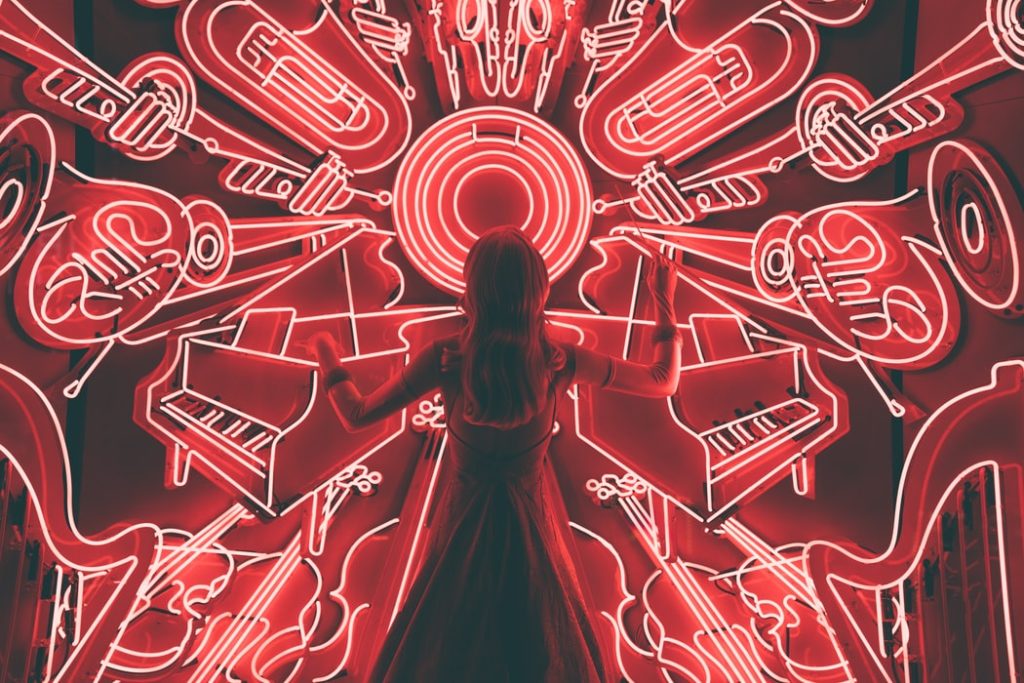Jazz dance has, along with jazz music, grown in popularity around the world while undergoing constant new changes. Today you will find many elements of jazz dance in the popular trends and music videos in contemporary pop music today. But where did jazz dance really come from? Here’s a brief history from its birth to today.
Violent Origins
From the beginning of the 17th century to 1800, the transatlantic slave route brought over ten million slaves, stolen from their homes mostly in West Africa, to the Caribbean and the Americas. Those who survived the passage and the harsh conditions of their captivity kept with them various memorized cultural artifacts, especially the various dances that they had used in ceremonies and celebrations. These dances and rituals were kept alive through whatever social functions they were able to establish under their brutal captivity. One such outlet was New Orleans’ Congo Square, which on Sundays was a gathering place where enslaved and free black people made food, ran markets and traded, and perhaps most importantly made music and danced. Congo Square is widely recognized as the birthplace of Black American roots music, and ground zero for jazz and jazz dance.
From Ragtime to Riches
At the turn of the 20th century, proto-jazz dance music had begun to develop in the form of ragtime, a moving and striding kind of piano driven music named after its “ragged” or syncopated rhythms. Early composers and players like Scott Joplin and Jellyroll Morton popularized this hip and swinging music and soon bars and dancehalls swelled with people dancing along with these new polyrhythms with moves which, like the music itself, harkened all the way back to West Africa. Dances with names like the Turkey Trot popped up, with shimmying partnered moves that were tailor-made for the various popular rags of the era. As jazz music and jazz dances became more popular, color barriers started being broken and black performers started appearing in places where they were formerly banned. On the other hand, white musicians and composers started paying attention to the new forms and co-opting the music and rhythms for their own works.
The Rise of Swing
Pretty soon jazz orchestras and combos started appearing with the explicit job of playing to dancing crowds of people. With prohibition in 1920 came an exciting new world of quasi-underground speakeasies, music, and dancehalls. Dances like The Charleston, The Lindy Hop, The Balboa, The Collegiate Shag, and The Jive appeared collectively under the moniker of “Jitterbugging,” with partnered moves designed to thrill the nightlife with their spontaneous and explosive kinetic chemistry. The African American dancer Josephine Baker moved to France and became an early ambassador and pioneer of jazz dancing. Over in Hollywood, Gene Kelly and Fred Astaire took swing dance stylings and marrying them to tap, ballroom, and ballet principles created large-scale dance productions which thrilled the moviegoing public. Jazz was everywhere, from club acts like Djano Reinhardt and his Quintette du Hot Club de France to Duke Ellington and his white counterpoint Glenn Miller with their jazz orchestras. The music powered the swing dance revolution.
Backbeats, Syncopation, and Pioneers
One of the most revolutionary aspects of jazz music and jazz dance was the new structure of rhythm. Jazz, both dance and music, tends to have an emphasis on the back beat, which in 4/4 time would be the second and fourth beat. This gives the music and choreography more room and the movement a relaxed and “cool” feel, whereas European folk dances like the waltz and the polka tend to accentuate the “stronger” first beats. Syncopation, most simply understood as notes played between the beats, is also an important element of jazz. This allows both musicians and dancers a freedom for improvisation. Choreographers took these new fundamentals and wedded them to their own sensibilities to form the blueprints for jazz dance. Jack Cole, for instance, built his legacy in the world of Broadway and Hollywood and brought about theatrical jazz dance that dominated the Golden Age of Hollywood. Katherine Dunham took inspiration from the roots of jazz dance and integrated African, Caribbean, and Brazilian dances with ballet movements into her choreography and in the process created a spontaneous, fluid, and mesmerizing style whose influence is still felt today in dance productions around the world. As the music and dance evolved into the 1950s and beyond, new artists like Jerome Robbins–who choreographed the original production of ‘The West Side Story’– and Bob Fosse brought jazz dance further into the theatrical mainstream.
Sound and Vision
By the late 1970s and the early 1980s, the music video was beginning to peek its head out of the shadows, and with this new medium came a new style of jazz dance. Janet and Michael Jackson both had hugely successful hits with music videos full of this highly choreographed stagecraft version of jazz dance. Paula Abdul rocketed to the top of the pop charts with a career that relied as much on her dancing as her singing. Commercial jazz dance would go on to influence the choreography of music videos and live performances by pop and hip hop groups for the rest of the century and beyond.
Around the World
Today jazz dance is everywhere, and like other massively popular styles of dance, has generated subgenres and new styles. Latin and contemporary jazz dance can be found in ballrooms and on reality television competition shows like So You Think You Can Dance in many countries. Street jazz and jazz funk are found in clubs, dance troupes, and music videos. Jazzercise is a popular cardio exercise format whose movements are borrowed from jazz dance. Modern jazz dance–with its ballet and jazz fusion influenced by the work of Katherine Dunham–and theatrical jazz dance can be seen on and off-Broadway and in theaters in major cities and smaller communities. Jazz dance is a global phenomenon.
Try a Jazz dance class online at CLI Studios! All levels are welcome.

